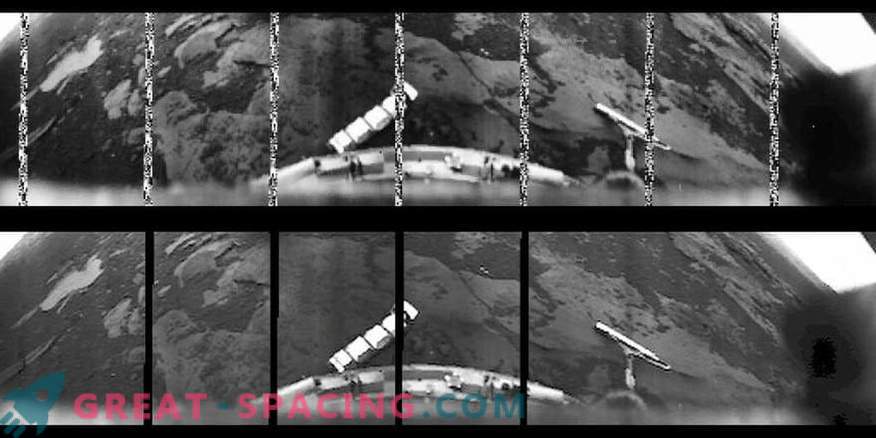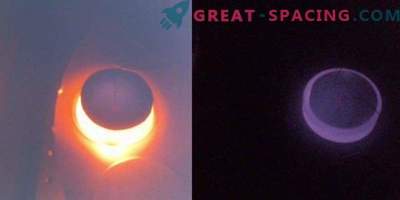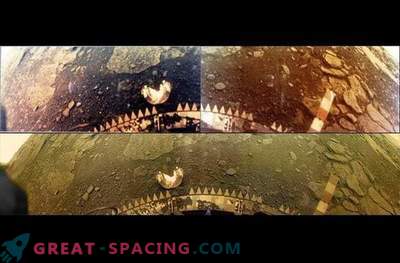
Sensors will provide a thick layer of atoms that will create a protective coating. In potential, it will help scientific equipment withstand the extreme temperature of Venus.
The situation on Venus can shock any scientist who would like to explore the surface. On the planet, with an atmospheric pressure of 92 times more than the earth, there are acid rains, and the temperature reaches 900 degrees Fahrenheit, which is two times more than in a conventional furnace. Of course, the spacecraft in such conditions will be crushed and roasted as soon as possible.
Researchers at Stanford University are considering ways to help improve the survival of electronic devices in this harsh environment, starting at the nanoscale. Stanford's Laboratory of Extreme Environmental Conditions (XLab) will not only help future Venus missions, but may also be useful in a hot industrial or mechanical environment on Earth.
Silicon-based semiconductor elements (the same as in a smartphone and laptop) can operate at temperatures up to 300 ° C. Instead, scientists suggest using a thick layer of atoms as a protective heat-resistant coating for instruments and sensors. And it will save them from temperatures exceeding the surface heating of Venus. Laboratory tests show that they will be operational at 600 ° C. New technology will help to explore Venus, its planetary evolution, which will also allow to learn more about the transformation of the earth's atmosphere in this process. There is an assumption that once the planet looked like Earth, but the massive greenhouse gases produced by active volcanoes turned it into hell. The study of this dynamic will contribute to the creation of a valuable climatological earth map.
“Learning this unique environment is an important step,” said Debbie Ceniski, Stanford professor of aeronautics and astronautics and principal researcher at XLab. “If we are aware of the history of Venus, this will have a positive effect on understanding the evolution of our own habitat.”
Russia launched a series of studies in the years 1961-1984. 10 vehicles landed on the planet for data collection. It was possible to obtain photographs of the surface, but the probes lasted from 23 minutes to two hours.
XLab researchers modeled a Venusian environment using several objects. At the NASA Glenn Research Center (Cleveland) is located the simulator of Venus, reproducing pressure, chemistry and temperature. Space radiation is recreated at the Los Alamos National Laboratory or the NASA Ames Research Center in California. The initial reason for this study is to strive to improve engine control and optimization. Inside the engine, the temperature can rise to 1000 ° C, and modern instruments cannot withstand this. The devices are located far from the pistons, which is why errors occur.
Nano-devices capable of withstanding extreme space conditions can also be used for high-temperature sensors capable of testing, monitoring and collecting data in gas turbines, hypersonic structures and geothermal vents.











































